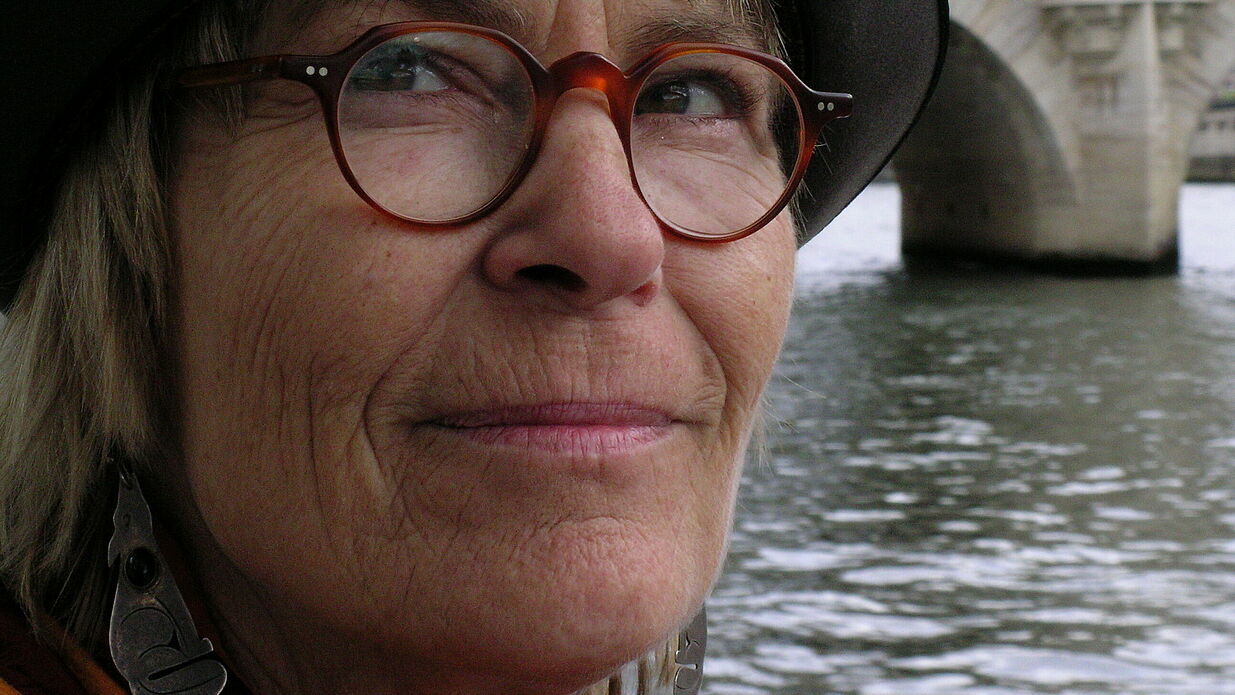Documentary Positions: Gisela Tuchtenhagen

In 1968, Gisela Tuchtenhagen was one of the first women to begin studying at the German Film and Television Academy Berlin (dffb), which had been founded two years earlier. Already a trained photographer, she develops a concise camera style whose closeness and, at the same time, respectful distance define the images in her films. As a result, the filmmaker often remains behind the camera and, despite her qualifications and uniquely sensitive eye, is exposed to male headwinds. In 1977, she reports in the first issue of EMMA how the chief cameraman of the NDR at the time advises her against this technically demanding and physically strenuous profession, since she has to pee outdoors from time to time during documentary film shoots. With the text Am Pissen soll's nicht scheitern she counters shrewdly and self-confidently with her own demands on a future film production: "Joint work by all those involved in the film (camera, sound, editing) from the making to the completion of the film. But on television, such cooperation is difficult to achieve" (EMMA, No. 1, February 1977). Following these ideas, Tuchtenhagen sought out her film friendships herself from the beginning - and yet remained true to the medium of television, its audience and its financing possibilities.
With her socially committed, partly activist films and her continuous commitment to feminist and proletarian causes, both within and outside the film industry, Gisela Tuchtenhagen is a role model for a whole series of subsequent filmmakers, such as Lilly Grote and Quinka Stoehr, among others, for whom she was not only a lecturer, but became a friend and colleague. Her own career was shaped above all by her collaboration with Klaus Wildenhahn, which began during her studies in the newsreel group initiated by Wildenhahn at the dffb. Influenced by the British documentary film movement of the 1930s and the American Direct Cinema of the late 1950s/1960s, they are committed to a cinema of immediacy, dedicated to the story of the "little people". In this way, the main aim is to give a voice to those who are excluded from society and history. The choice of places blocked from public view is also important. Whether it's a children's home, a psychiatric clinic or a women's shelter, whether it's "Kitchen, Theater, Hospital" (documentary film exercise at the dffb under Tuchtenhagen's guidance, 1979), the attention paid to the people in these institutions always allows the critique of the conditions to resonate without taking precedence away from the people in them or exposing them in their hardships and fears: a political cinema that cares about people.
The show of works by Gisela Tuchtenhagen is the start of a new program series that we will continue in the following quarters. Entitled Dokumentarische Positionen (Documentary Positions), it will present the film work of documentary filmmakers who have left their mark on German film and television history in a special way or whose themes, working methods and insights into realities lie beyond conventional documentary film. Dokumentarische Positionen will look back into film history, but also look around at current film production to discover fascinating marginalized forms of documentary filmmaking: positions that take risks, break with supposed rules, and open up realities to which we would otherwise have no access.